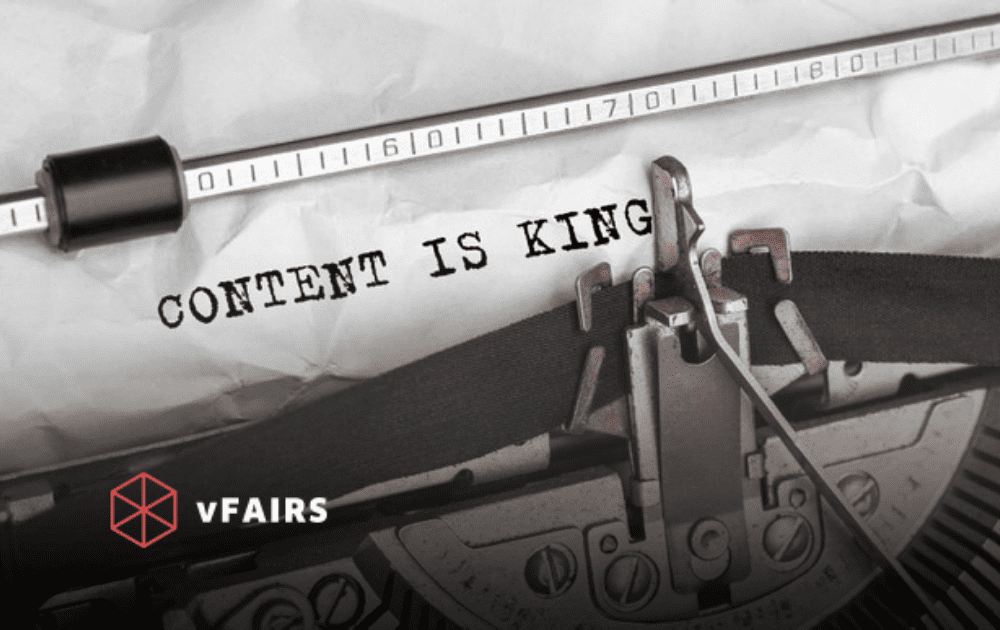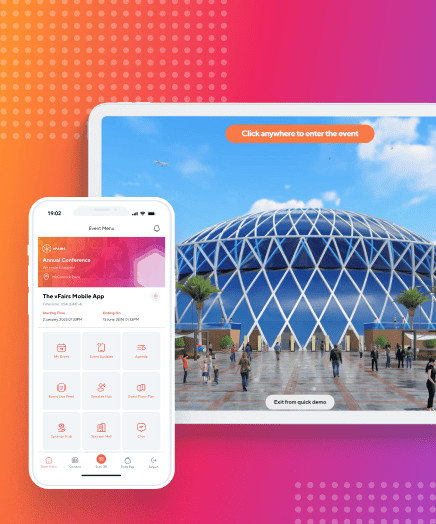Today we’ll introduce to you a special kind of royalty. “Content is King” after all. A virtual hiring event allows content to take center stage. Setting an online platform to allow a visually exciting recruitment event allows companies to build their brands and reputation as employer-of-choice. Whether you’re hosting a virtual career fair to recruit for positions vacant specifically at your organization, or working in collaboration with other employers (i.e. allowing them to rent a virtual booth in your exhibitor hall), content is key to the capture job seekers’ attention. A content strategy is required to inspire, inform, and raise awareness about your brand and its initiatives. A tad bit of homework for your team will pay off well through exceptional talent acquisition and overall event ROI.
Step 1: Determine Your Event Type
Before you embark on a mission to outline your content strategy, it’s important to identify which one of these event hosting categories you fall into:
1) Are you hosting a solo virtual career fair only for your company’s openings? If the answer is no, skip to the next question. If yes, then your exhibitor hall will be home to virtual booths representing your various departments in addition to staff avatars, e.g. finance, sales, marketing, administration, etc. Each department will have to prepare relevant content showcasing the work they do, the positions to be filled, team galleries. They will also need other news pieces highlighting upcoming initiatives to motivate applicants to submit their resumes without thinking twice.
2) Are you hosting a virtual career fair allowing sponsorship and participation from other employers? A common occurrence, you will have to spend less time preparing content and more time gathering deliverables from your exhibitors. This is a task that your assigned project manager from the virtual platform vendor should ideally be performing. Each company will provide their custom virtual booth in the exhibitor hall reflecting their branding and desired staff avatars. Get ready to provide direction, feedback, and support to help these businesses finetune their content strategy. They can then use their booth to share powerful information, engage job seekers and share brand stories. Regardless of your choice, both scenarios require hard work to ensure that your virtual career fair set up and execution promises a memorable experience to everyone participating.
Step 2: Start Planning The Visual Experience of your Virtual Career Fair
Landing Page
For the event vendor to set up the virtual career fair homepage, start searching for design inspiration (your vendor should be able to share ideas and templates) and brainstorm content for:
a) Title of the event: Remember to keep it short and sweet (and in sync with event domain address).
b) Event date and timings (and timezone).
c) Content for homepage such as agenda, logos, FAQs, introductory videos: The landing page will be a summary of who is participating, what to expect, why candidates should participate. It will also give a quick overview of all things important for the audience. Ensure a power-packed introduction that will motivate your audience to register immediately.
d) Cover image and high-resolution logo for the event: Make your brand shine bright with a high-resolution cover image and logo.
e) Attendee Registration: Determine information fields you would like to capture on the registration form.
f) Registration Communication: Prepare drafts for attendee correspondence (once a job seeker registers for your event, they will receive an automatic registration confirmation email and a thank you note).
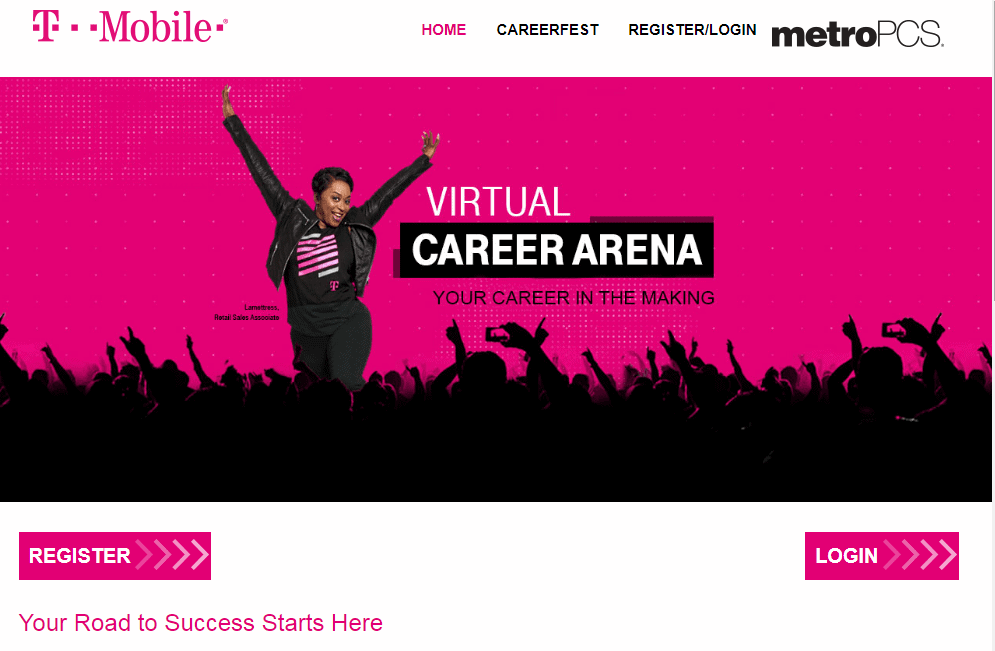
Lobby Design
The hub of all event navigation, the “Lobby” is the area your visitors will be routed to once registered and logged in.
a) Select display: Choose if you’d prefer an animated or static lobby and review available designs/samples from past events (Our recommendation: An animated lobby delivers a stronger “wow” factor to greet guests).
b) Decide lobby banners and logos (for e.g. if your exhibitors have paid extra to secure best logo visibility, their brand promotion should be prioritized over others).
c) Discuss customizations: Explore other possible customizations with your virtual career fair vendors such as wall posters and visitor avatars that can be displayed.
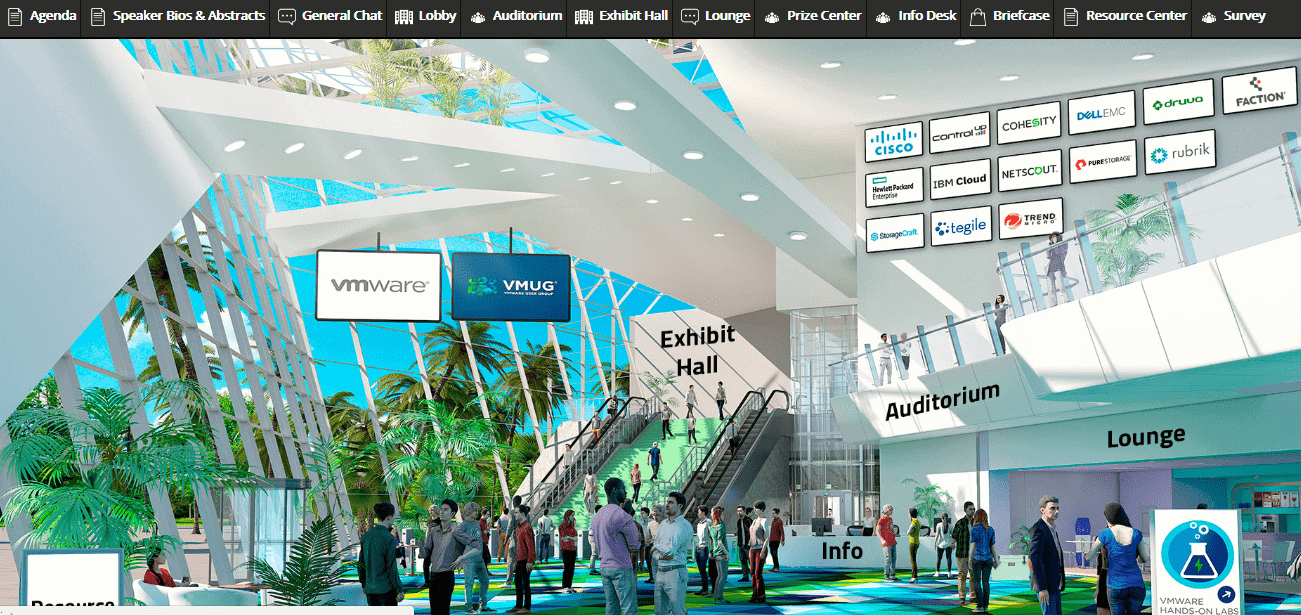
Exhibitor Hall Design
Similar to the lobby, the “Exhibitor Hall” in a virtual career fair is totally customizable to cater to your content preferences including:
a) Hall background image
b) Booths layout
c) Static staff avatars
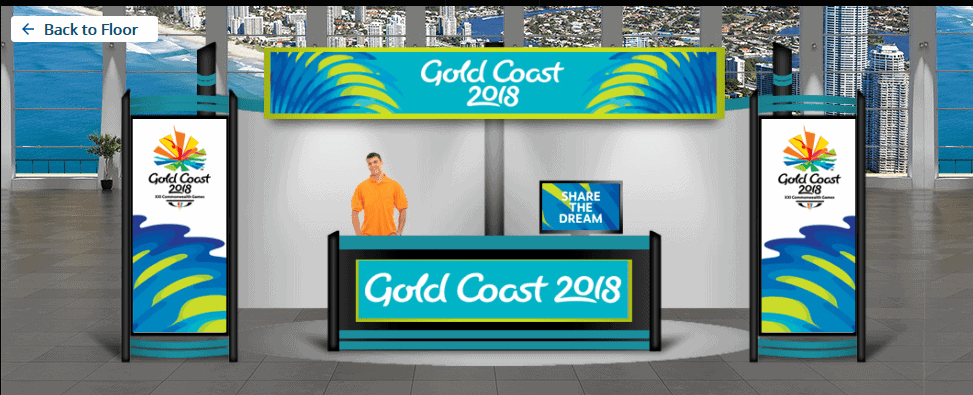
Auditorium Design
Gear up to explore auditorium design alternatives so you can add your logo/logos or customize virtual posters as needed.
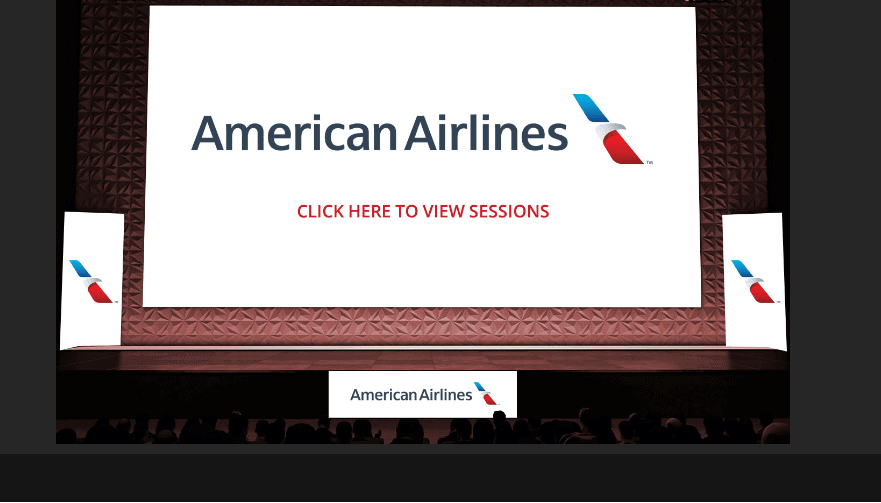
Step 3: Putting Together Content For The Booths
With design in place, it’s time to piece together the virtual career fair content. Content mediums vary; the virtual platform accommodates various formats including document downloads, video streaming, picture galleries, and live or pre-recorded webinars as its core staples. Developing content that falls into all of these categories is important to cater to your audiences, and we’ll share some best practices to make the task less daunting of an affair.
i) Booth images, logo, and banners: Select high-resolution JPEG or PNG images or messages you would like displayed (and associated URLs if they are to be linked to a website)
ii) Company description: Write a brief description to inform visitors about your company.
iii) Content tabs: Determine the number of content tabs needed; 4 should be a bare minimum to cover key information virtual career fair segments such as “About Us”, “Contact Us”, “Vacancies”, “Chat Schedule”, and “Documents”. Other options to consider adding can be a photo gallery (which can be linked to an external website), or even social links to your Facebook, Linkedin pages, etc.
iv) Jobs: This is a good time to ask HR to share all the text-based job descriptions in addition to separate links to your career site, or alternatively the email ID to which resumes should be sent. Our recommendation: To derive the maximum benefit from your virtual career fair participation, aim towards sharing more than 10 job vacancies.
v) Videos: An area up for still up for debate, the current recommended video duration for your streamable content is estimated to be about 2-3 minutes to “hook” the audience. You can discuss uploading longer content as a part of the event’s media library for the audience to view based on their convenience. (Compatible formats for video are typically mp4 files or YouTube/Vimeo links).
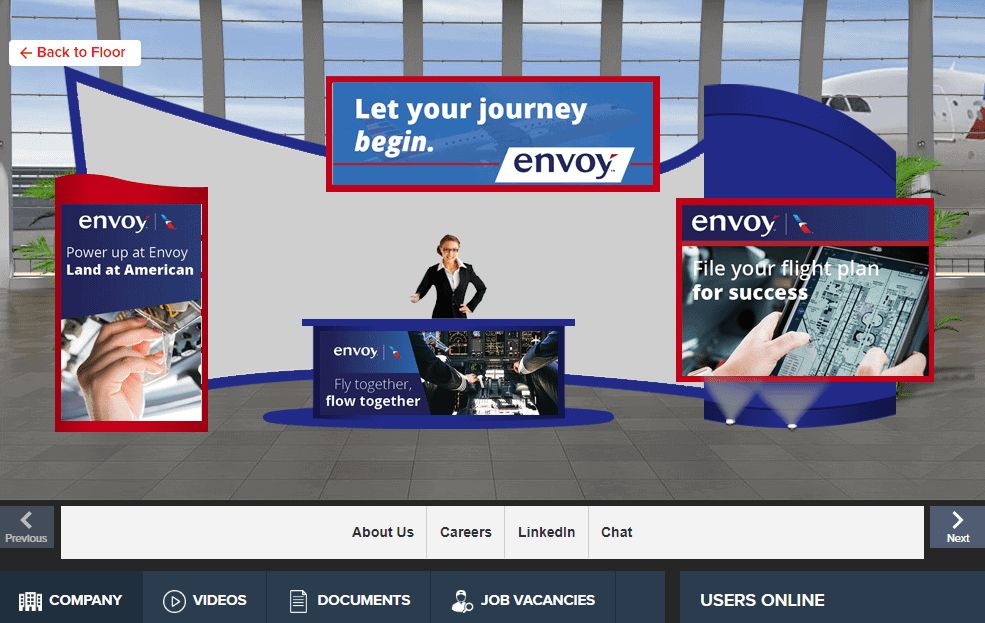 vi) Documents: The documents tab is extremely flexible; from case studies, brochures, articles, blog links- there’s a lot that can be shared. Your targeted content should speak directly with your ideal candidate and be built to answer practical job seeker questions associated with the organization, the more visually well designed, the better.
vi) Documents: The documents tab is extremely flexible; from case studies, brochures, articles, blog links- there’s a lot that can be shared. Your targeted content should speak directly with your ideal candidate and be built to answer practical job seeker questions associated with the organization, the more visually well designed, the better.
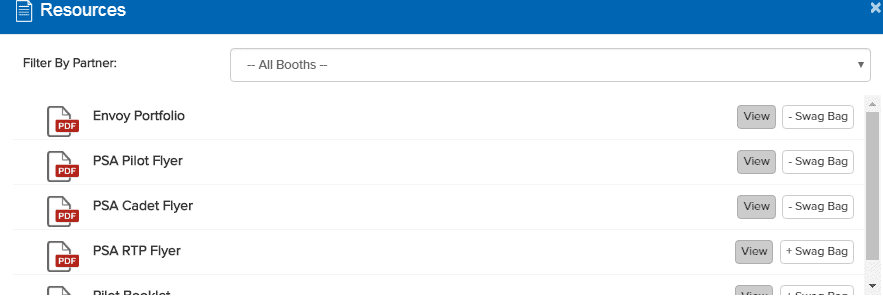
Aim to have 5-6 great pieces of content at minimum, however, if you have more than 8 documents, perhaps consider uploading the rest in the document repository to expand your presence across the virtual career fair resources.
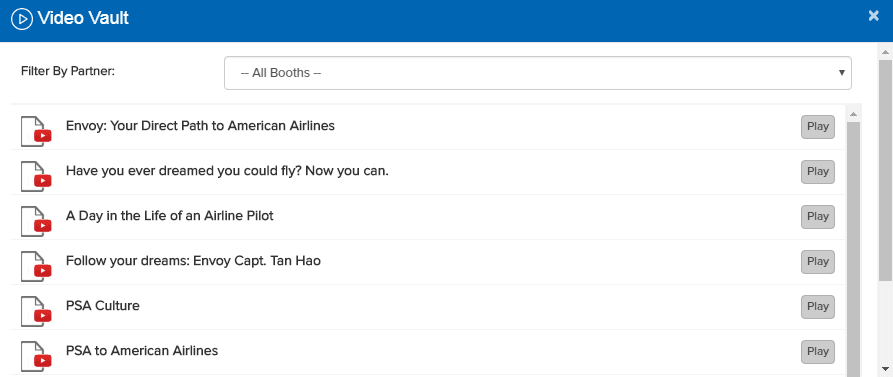
Step 4: Plan Webinars for the Virtual Career Fair
The rising importance of hosting webinars (short for a web seminar consisting of live audio and video) has made virtual career fairs a job seeker favorite. With hosts hosting anywhere between 3 to 8 sessions on average (you don’t want to overwhelm the audience) bringing together the best industry experts and keynote speakers, here are some guidelines to take into consideration in order to plan webinars in sync with best practices:
i) Webinar duration: Audiences prefer between 30 and 40 minutes of webinar duration for highest engagement. In fact, 5% of webinar attendees expressed interest in webinars lasting only 20 minutes, whereas 10% wanted to attend sessions that last one hour- a huge red flag.
ii) Scheduling: Webinars are easily recyclable content that can be replayed on visitor’s demand. However, if you intend to host a live webinar to complement your virtual career fair, Tuesday has proved to be the highest traffic day experienced.
iii) Incorporate Q&A: It’s important to encourage two-way communication versus a one-sided conversation. Thus, using a Q&A session allows interactive engagements to inspire talent participation and event interest.
iv) Promotional Activity: According to recent studies, 17% of your attendees will sign up more than 15 days before the virtual career fair- a great incentive to kick off pre-event marketing well in advance.
Planning your virtual career fair’s content strategy is an integral part of the host’s responsibilities. By using the right resources, design, and processes, not only does the virtual event prove to be visually enticing, but also informative for job seekers and influences their decision to apply. Simply put, content is widely considered to be a direct reflection of the brand. By investing time and efforts into crafting unique landing pages, event layout, booth designs, and sharing information via formats that best click with the audience, your online event provides all the right touch-points to drive company awareness and promote vacancies.
Want to learn more about Virtual Career Fairs? Read “The Ultimate Guide to Virtual Career Fairs”.

